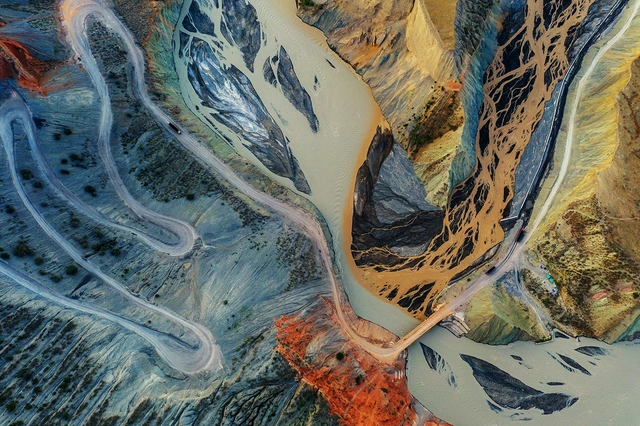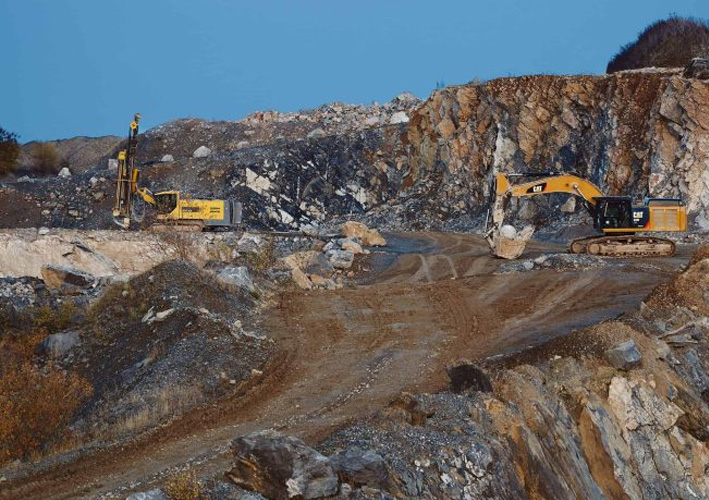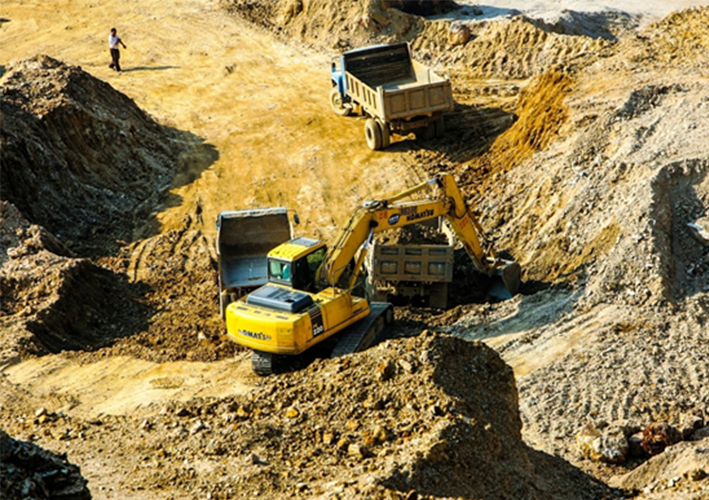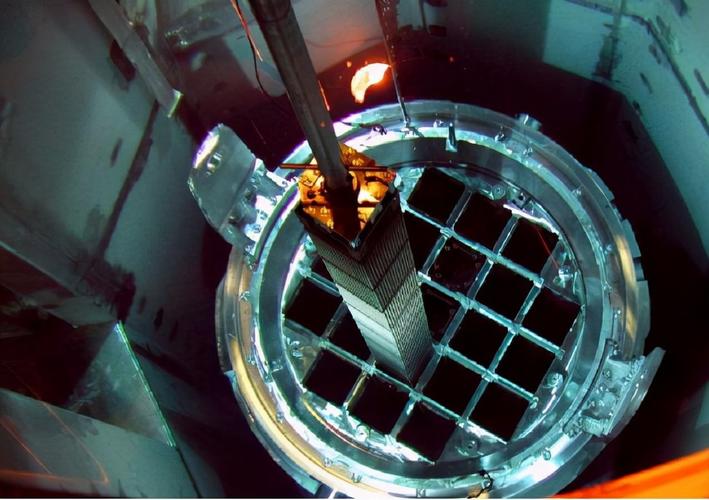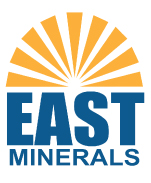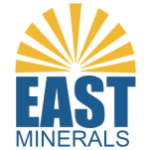The Brainy Insights
The zircon sand market expansion is bolstered by the extensive use of the product in urban development by constructing buildings and transportation infrastructure. Asia Pacific emerged as the most significant global zircon sand market, with a 38.9% market revenue share in 2023.
Newark, July 29, 2024 (GLOBE NEWSWIRE) — The Brainy Insights estimates that the USD 2.7 billion zircon sand market will reach USD 6.2 billion by 2033. Zircon is a very common element found in the earth’s crust. It belongs to the member of the nesosilicate group. Zircon is widely used to make sand that can resist corrosion and heat. Different zircon colours are found naturally, such as green, blue, yellow, and reddish brown. However, its colour can be changed by heating it at 800 and 1000 degrees Celsius. Most granite and felsic igneous rocks’ mineral composition may be commonly traced using sand. It is well known to be utilised in the ceramic sector and is frequently employed as an opacifier. The market for zircon sand is expected to be driven by the growth in the ceramic sector and the rising use of granite and tiles worldwide during the forecast period. Furthermore, Zircon sand is also used as a moulding base material for Cosworth and sand casting in the foundry industry. In developing countries such as China and India, rapid urbanisation and increasing construction activities is driving up demand for granite and tiles.
Key Insights on Zircon Sand Market
Asia Pacific to account for the largest market size during the forecast period.
In the future, nations like China and India will rule the Zircon sand market. China’s economy is among the fastest expanding in the world, and because of its rising population and rising level of life, most end-use sectors there are expected to see significant development. China’s nuclear power plant is expanding quickly, which is expected to increase zircon sand demand. Furthermore, China is among the top market leaders in the ceramic industry. The steel and iron industries mostly use refractories. The market has been growing steadily owing to iron and steel production.
The ceramics idol manufacturing segment dominated the market with the most significant revenue of USD 1.13 billion.
The ceramics idol manufacturing segment dominated the market, with the most significant revenue of USD 1.13 billion. Due to ongoing developments in the material sciences, manufacturers have been motivated to alter ceramics’ structural and thermal characteristics to discover new technical applications. Owing to nanotechnology, ceramics are increasingly widely used to create tiles with a longer shelf life. Alumina, silicon nitride, and silicon carbide are the most important ceramic materials. Ceramics are used to make dental crowns, bridges, and implants.
Source: The Brainy Insights




